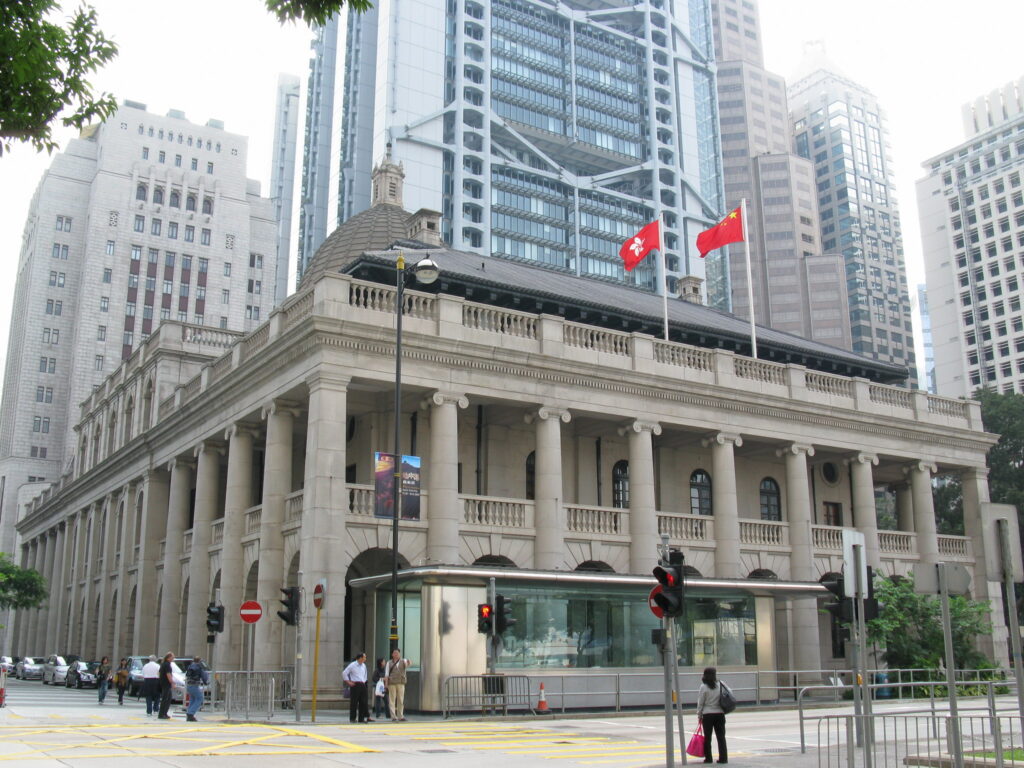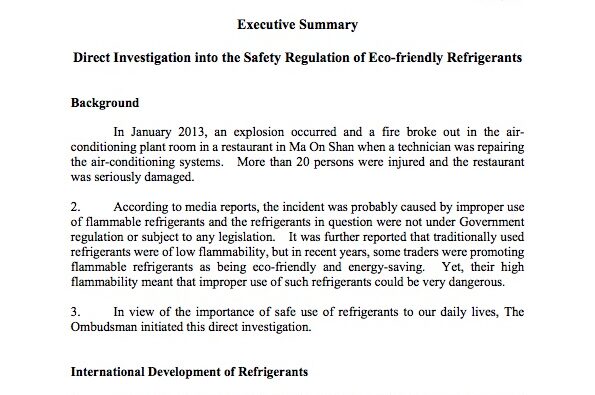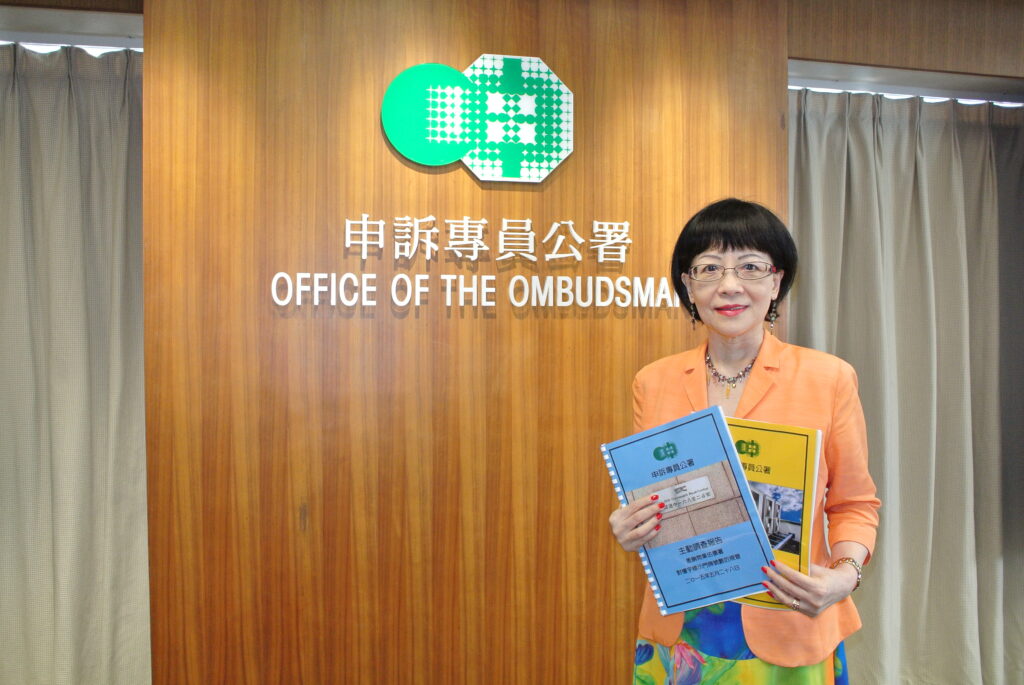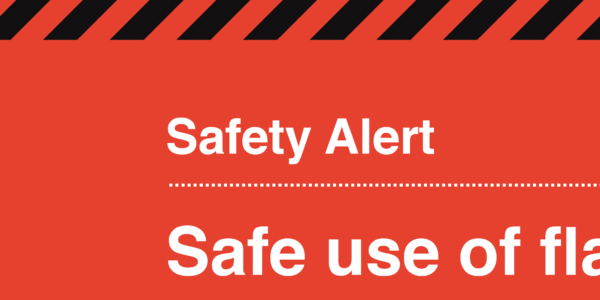Hong Kong government advises against retrofits after HC blast
- PostedPublished 14 June 2015
Following criticism from the Office of the Ombudsman after an investigation into a 2013 air conditioning fire and explosion that injured more than 20 people and caused extensive property damage, the Hong Kong government is advising the trade not to retrofit systems with flammable refrigerants.
In its damning report into the 2013 Ma On Shan incident, the Ombudsman revealed that in Hong Kong “there is no specific legislation to regulate refrigerants. Nor is there any Government department responsible for coordination”.
“Currently, the regulation of refrigerants involves at least four Government departments and four Ordinances,” said the report.
But the Hong Kong government now says regulators will review and monitor the adoption of new refrigerants and that various departments will “delineate clearly their respective regulatory and enforcement responsibilities”.
Responding to questions tabled by Legislative Council of Hong Kong member Hon Lo Wai-kwok with reference to the Ombudsman’s report, Hong Kong environment secretary Wong Kam-sing said “users should install and apply air conditioning system according to the manuals provided by manufacturers, and should also adopt the prescribed refrigerants”.
Dr Wai-kwok asked whether Hong Kong authorities were trying to understand how other countries were regulating flammable refrigerants, such as import/export management or safety and training requirements.
He also asked if authorities would work with industry to compile a list of compliant refrigerants and publicise the safety aspects of refrigerants to industry, its employees and the public.
However the environment secretary either missed the point or dodged the question, saying there was no evidence manufacturers has ceased production of equipment using non-flammable HFC refrigerants and that equipment available locally did not use flammables, nor was there any suggesting that equipment using flammables was about to enter the Hong Kong market.
“While there is no market trend for using flammable refrigerants in Hong Kong, relevant departments have strengthened co-ordination and collaboration with a view to monitoring the development of flammable refrigerants in a more focused manner, promoting public education and publicity for the public and air conditioning trade, and advising the trade not to adopt flammable refrigerants for the avoidance of accidents,” said Mr Kam-sing
In terms of refrigerants, the regulatory environment in Hong Kong echoes the situation in Australia, where the Federal Department of the Environment has jurisdiction over ozone-depleting and high global warming potential (GWP) substances but the control of flammable low-GWP refrigerants is handled according to state-by-state safety authorities.
Hong Kong has no legislation specifically regulating refrigerants, with responsibility split between the Environmental Protection Department (only covers ozone layer protection), Electrical and Mechanical Services Department (only if a refrigerant is defined as LPG and therefore falls under gas safety), the Fire Services Department (only if a non-LPG refrigerant is covered under dangerous goods legislation) and the Labour Department (regulates occupational health and safety).
“Prior to the introduction of flammable refrigerants, there might not be major problems with such regulatory arrangements.” reads the Ombudsman’s report.
“Nevertheless, the Ma On Shan incident showed that the problem of insufficient regulation would emerge if flammable refrigerants were increasingly being used.”
The report makes six observations about the regulatory failures that contributed to the Ma On Shan incident and threaten to play a part in future incidents if nothing is done:
- Inadequate regulatory mechanisms
- Disagreement on jurisdictions
- Inadequate monitoring
- Lack of communication and coordination
- Inadequate liaison and publicity
- Inadequate training for workers
“…there is a need for the departments concerned to establish a comprehensive and forward-looking monitoring mechanism in order to effectively regulate the use of refrigerants and ensure public safety,” says the report.
It describes the cause of the Ma On Shan incident as “a technician, while doing repairs, extracted flammable refrigerant from the air-conditioning system into a non-reusable cylinder not designed for refilling, resulting in a leakage”.
“The mixture of flammable refrigerant and air came into contact with a source of ignition.”
Hong Kong’s Fire Services Department later prosecuted the air conditioning contractor, fining them $HK22,000 ($A3650) for storing non-LPG dangerous goods without a license and the use of unauthorised gas cylinders, while the Labour Department fined the contractor another $HK35,000 for not providing a safe working environment.
However the Ombudsman’s report points out that the Fire Services Department prosecution “did not actually deal with the cause of the fire”.
“FSD’s regulation of the use of dangerous goods is directed only at whether there are proper storage measures before and after the use of such goods, but not at how the dangerous goods are used (such as the use of refrigerants in air-conditioning systems).”
All other air conditioning systems in the restaurant where the incident occurred were also charged with flammables but no action was taken, because this does not breach the suspension notice issued by the Labour Department – which is only monitoring whether maintenance work is being performed on the units.
However the Labour Department did recommend that “consideration should be given to recharging the air-conditioning systems with non-flammable refrigerants in order to eliminate fire hazards”.
“The use of flammable refrigerants on unsuitable air-conditioning systems involved a degree of risks, but no action was taken by any Government department in this incident,” said the report.
“The reason was that under existing legislation and mechanisms, the three departments concerned invariably considered such operation to be outside their respective jurisdictions … Are such regulatory arrangements sufficient or appropriate? We consider that Government should carefully review the issue.”
Download the full Ombudsman’s report: tinyurl.com/npyx9em
Download the HK government transcript: tinyurl.com/pzteq86
- CategoriesIn SightGlass
- TagsFlammable refrigerants, Hydrocarbon refrigerants, SightGlass News Issue 2






